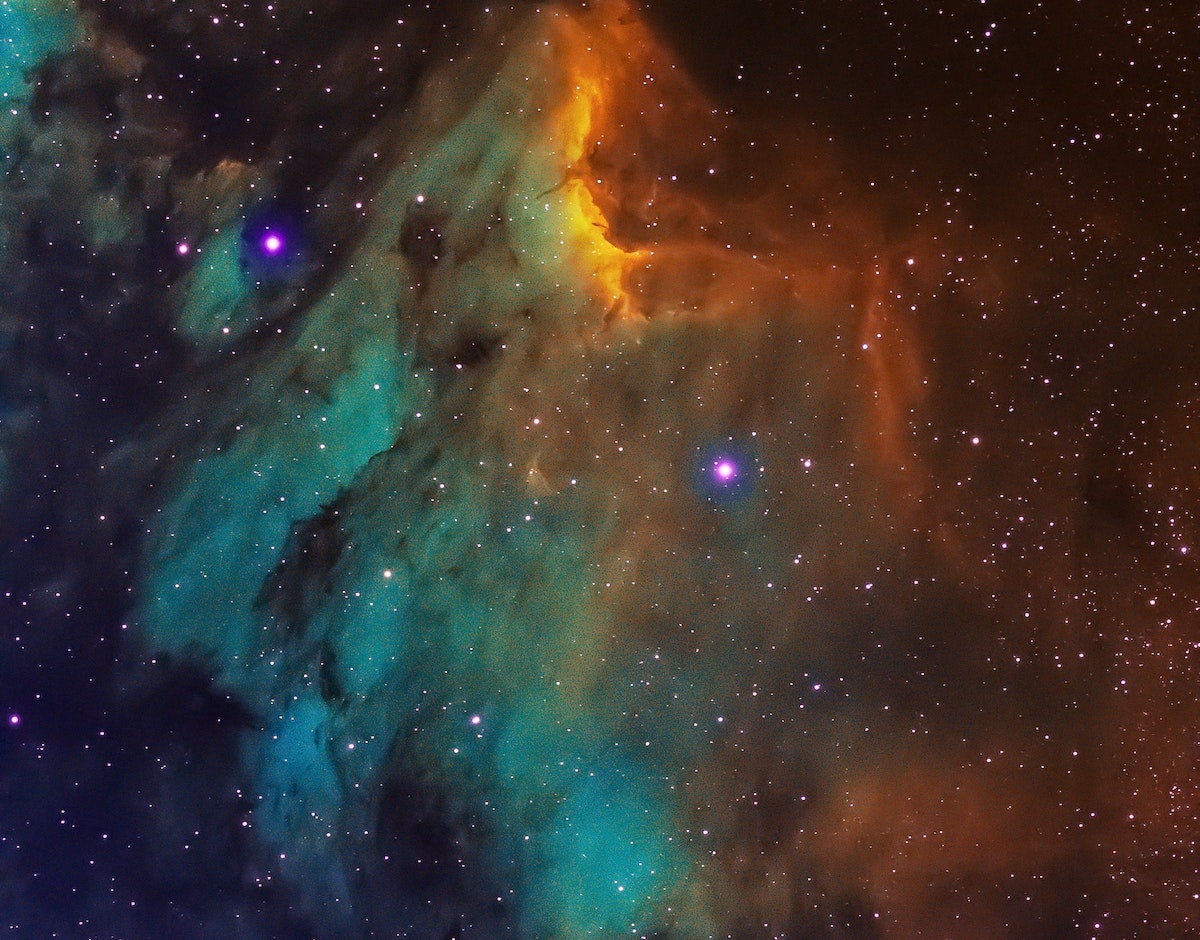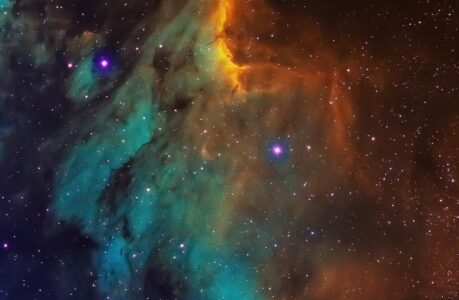Interstellar dust is a type of cosmic dust that is found in the space between stars. It is composed of tiny particles that are a few microns in size, and is made up of a variety of materials, including silicates, carbon, and metals. This dust is formed from the remnants of dying stars, and is spread throughout the galaxy by stellar winds and supernova explosions.
Despite being small, interstellar dust plays a significant role in the study of space. It is responsible for absorbing and scattering light, which can provide valuable information about the composition of space. Additionally, interstellar dust is believed to be a key component in the formation of new stars and planets. Scientists are currently studying the properties of interstellar dust to gain a better understanding of how stars and galaxies are formed.
Interstellar dust is also an important part of the search for extraterrestrial life. The dust is thought to contain organic compounds, which could provide clues about the potential for life elsewhere in the universe. Scientists have detected organic molecules in interstellar dust that could be precursors to the building blocks of life.
While much is still unknown about interstellar dust, ongoing research is shedding new light on this fascinating topic. With advancements in technology and space exploration, we are getting closer to unravelling the mysteries of this cosmic dust and gaining a better understanding of our universe.
In conclusion, interstellar dust is a key element in the study of space and holds great potential for discoveries that could change our understanding of the universe. From understanding the formation of new stars to searching for extraterrestrial life, this tiny dust is a critical piece of the puzzle. As research continues, we can look forward to new insights and discoveries about the fascinating world of interstellar dust.
In interstellar dust visible?
Interstellar dust is not visible to the naked eye as it is too small and too far away from Earth. The individual particles that make up interstellar dust are typically less than a micron in size, which is much smaller than the wavelength of visible light. This means that the dust particles are too small to scatter visible light and are not visible as individual particles. However, interstellar dust can be observed indirectly through its effects on the light passing through it, such as the absorption and scattering of light, which can provide valuable information about the composition of the dust and the surrounding space.
How does interstellar dust affect astronomy
Interstellar dust plays a crucial role in astronomy as it affects the way that we observe and study the universe. Here are some ways in which interstellar dust affects astronomy:
- Absorption and Scattering of Light: Interstellar dust can absorb and scatter light, which can make distant objects appear dimmer and redder than they would without the dust. This can affect our ability to observe and study distant stars, galaxies, and other celestial objects.
- Polarisation of Light: Interstellar dust can also polarise light, which can provide valuable information about the orientation and properties of the dust particles. By studying the polarisation of light, astronomers can learn more about the composition, size, and shape of the interstellar dust.
- Formation of Stars and Planets: Interstellar dust is believed to be a key component in the formation of new stars and planets. By studying the properties of interstellar dust, astronomers can gain a better understanding of how stars and planets form and evolve over time.
- Search for Extraterrestrial Life: Interstellar dust is thought to contain organic compounds that could be precursors to the building blocks of life. By studying the composition of interstellar dust, astronomers can look for signs of life elsewhere in the universe.
In summary, interstellar dust affects astronomy in many ways and is a crucial component in our study and understanding of the universe. By studying the properties of interstellar dust, astronomers can gain a better understanding of the formation and evolution of stars and planets, as well as the potential for extraterrestrial life.
Star formation
Star formation is a process in which interstellar gas and dust come together to form a protostar, which eventually becomes a main sequence star. Here is a brief overview of the star formation process:
- Triggering Event: Star formation can be triggered by a number of events, such as the shockwave from a nearby supernova, or the collision of two gas clouds.
- Gravitational Collapse: Once the gas and dust are compressed by the triggering event, gravity begins to pull the material together, forming a dense, hot core known as a protostar.
- Protostar Formation: As the protostar continues to accrete material, it becomes hotter and denser, and eventually begins to emit radiation in the form of infrared light. At this stage, the protostar is surrounded by a disk of gas and dust known as a protoplanetary disk.
- T Tauri Phase: During the T Tauri phase, the protostar undergoes rapid changes as it continues to accrete material from the surrounding disk. This phase can last for several hundred thousand to a million years.
- Main Sequence: Once the protostar has accreted enough material and reached a high enough temperature and pressure, nuclear fusion begins in its core, and it becomes a main sequence star.
The study of interstellar dust is crucial to our understanding of the star formation process. Dust particles play a key role in the cooling of the gas clouds, which allows the gas to collapse and form protostars. Without the presence of interstellar dust, the formation of stars and planets would not be possible.

